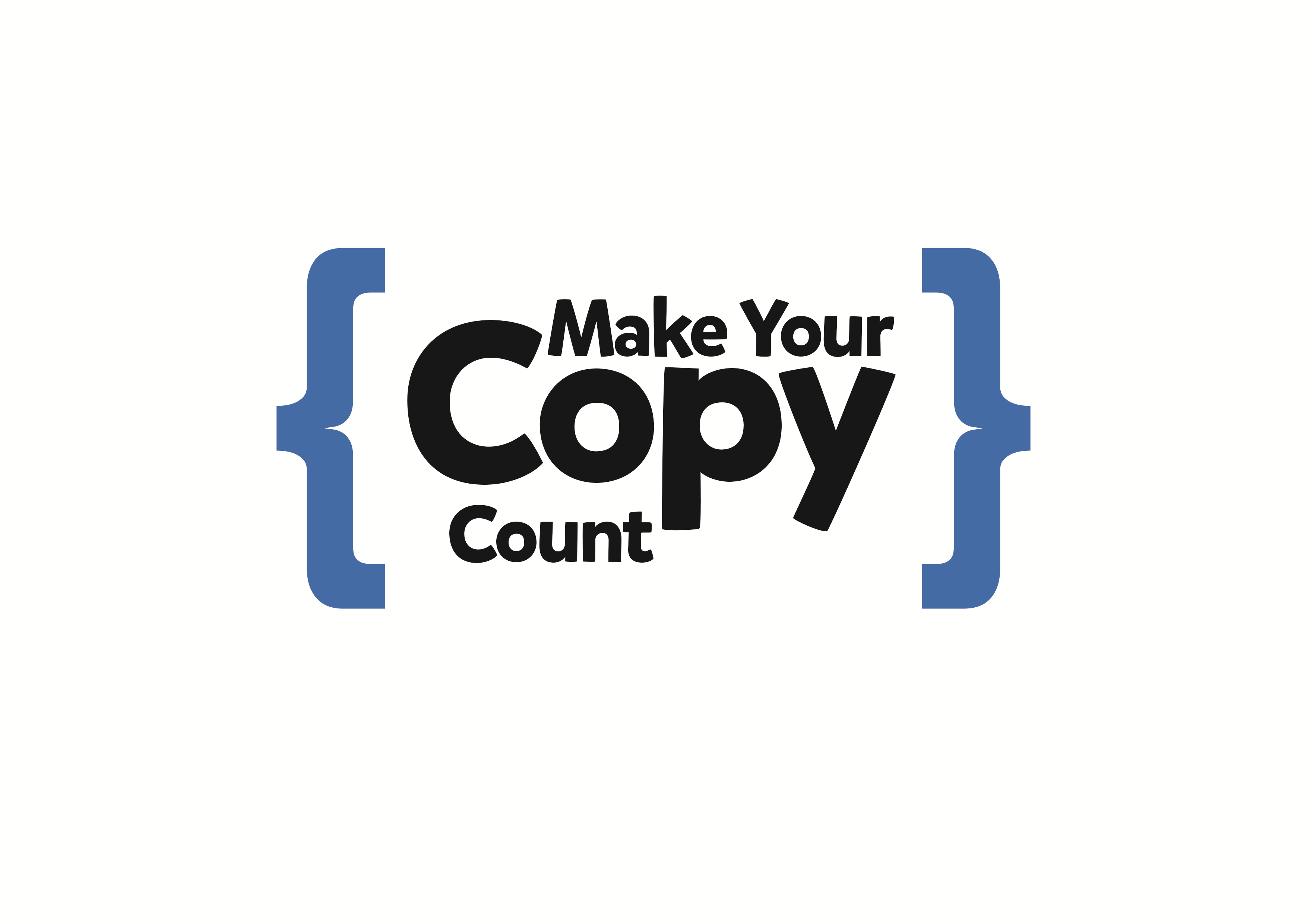Keep up to date /
Saying it by email: tips for effective written communication
Categories
Posted in Candidates, Employers on Oct 16, 2018 by Keeley Edge
Our latest blog posts are about communication in the workplace, so we’ve invited Lisa Slater of Make Your Copy Count to share some top tips for improving your written communications.
How many times have you misinterpreted an email, thought someone was being rude when they weren’t, or been completely confused by what was written?
 When we talk to people face to face, they can see our body language and hear our tone of voice. Even over the telephone, you can usually tell whether someone is angry or happy.
When we talk to people face to face, they can see our body language and hear our tone of voice. Even over the telephone, you can usually tell whether someone is angry or happy.
Unfortunately, when we write, it’s much harder to convey our tone. Sometimes a joke may come across as an insult, advice may come across as a criticism, and a simple request may come across as a demand.
Luckily, there are a few simple things you can do to improve your emails and ensure your message is clear.
Decide the purpose of your email
What do you want to do in your email; provide information, ask a question, give an instruction? If you are giving instructions, don’t make them complicated. If you want the recipient to take action, make it clear what you want them to do; for example:
‘Please send me your completed timesheet by 3 pm on Friday’.
Keep it professional
You might have a close relationship with the recipient of the email, but they could forward the contents to someone else. Don’t write anything that you wouldn’t want other people to read. Keep the contents professional, polite and to the point. Don’t fire off any emails in anger or write anything offensive. Start your email with an appropriate greeting and end it by signing off politely.
Keep it simple
People may pick up your email when they are in the middle of doing something else or are just about to leave for a meeting. Make it as easy as possible for them to read and understand your email quickly.
If you use really long sentences like this one that don’t contain much punctuation and are hard to follow because they contain several different points or instructions then you might find that the reader struggles to understand what is being communicated and has to go back and re-read your email several times before they understand what you are trying to say because it is hard to make sense of what you have written the first time they read it and they might not understand the message.
Instead of using long, complicated sentences, keep your email as simple and concise as possible. If there are several points to make, use bullet points or subheadings to make it easier for the reader to follow and understand.
Check for errors
When you write an email, read through it to check for errors before you send. Otherwise, you could upset someone by accident. An incorrectly used word, a missing apostrophe or a stray comma can change the entire meaning of a sentence.
Don’t rush
If you want your message to be received in the way it was intended, then think about the words you use and check what you’ve written before you hit send. It’s better to spend time getting it right in the first place rather than having to sort out misunderstandings later down the line.
Think before you write; don’t send out something you may regret.

By Lisa Slater, copywriter and director of Make Your Copy Count Ltd.
Make Your Copy Count offers professional copywriting services and training workshops to help businesses improve their written communications. You can find out more on their website www.makeyourcopycount.com.


